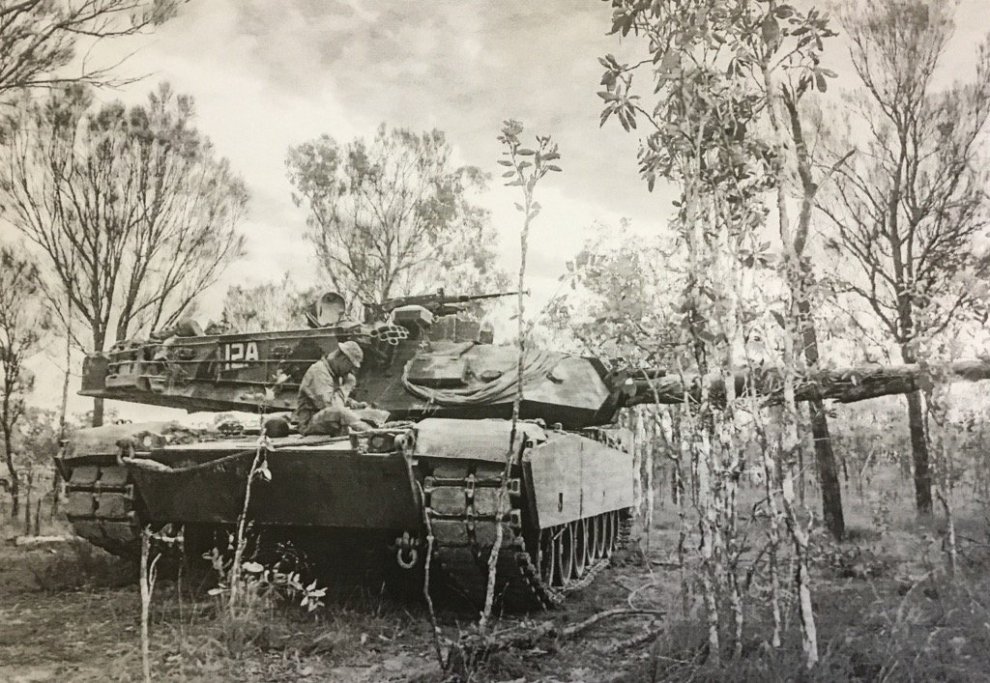http://www.claws.in/1691/the-new-age-whatsapp-soldier-sameer-sharan-kartikeya.html
January 16, 2017
By Sameer Sharan Kartikeya
It all started with a BSF soldier complaining of poor quality of rations, food and equipment. He also categorically stated that government was doing everything but officers were responsible for the poor state of affairs and the soldiers were being denied their basic dues. The media was quick to take note and it was everywhere – whatsapp groups, face book, print and electronic media. The hierarchy of the organization took note so did the PMO and the Home Minister. The quick march to fame is toxic and contagious. Soon a CRPF jawan was complaining about disparity between the Central Armed Police Force and the Armed Forces in pay and perks, allowances, facilities etc. It was a matter of time before some soldiers from the Army also started putting up their perceived grievances and more are sure to follow. Suddenly, it appears as if nothing is right in any of the uniformed services and if these videos supplemented by the energetic first past the post news deliverance electronic media were to be believed, the security forces were dusting themselves to din. The cyber warriors of our adversaries must be rejoicing at the flurry of self degrading messages and also not wasting any time in grapping another handle to leverage in future. While one should not shoot the messenger, there is a need to address this issue in a poised and purposeful manner rather than manifesting a knee jerk reaction.
A couple of months back, one of the famous hosts of a comedy show had tweeted to the Prime Minister that he was paying 15 crore income tax for the last 5 years, yet he needed to pay 5 lacs bribe to BMC office for making his office, questioning the idea of Achhe Din. He has a mass following and as expected created a flutter amongst the twitteraties as well in the government machinery. It was left to our Prime Minister to give a much nuanced reaction. He alluded that some opinion makers want answer from the PM for anything happening in a village panchayat, district council or in any state. While every citizen has a right to communicate with the PM bypassing all available structures, but therein lays the danger of these structures to feel and become redundant.
















